10 Actors Who Were Famously Underpaid for Their Best Performance
In Hollywood, an actor’s salary often reflects industry politics more than performance or impact. Contract timing, name recognition, and studio bias can all shape how much someone earns, even when the project becomes a massive success. In fact, some of the most memorable roles in film and TV were delivered by actors making far less than expected, even by industry standards.
These ten cases show how far compensation can fall short of the cultural and box-office impact of a performance.
Christian Bale — American Psycho (2000)
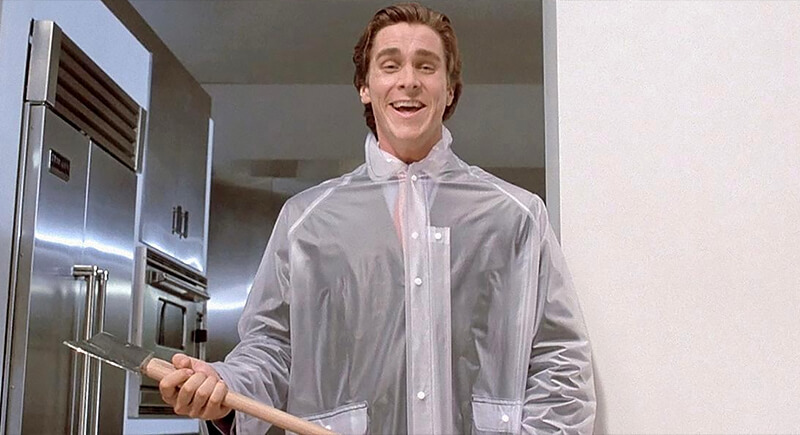
Credit: IMDb
When Christian Bale pushed to play Patrick Bateman, he clashed directly with studio executives who wanted a bigger box-office name. Director Mary Harron held firm and made Bale’s casting conditional. He agreed to work for the Screen Actors Guild (SAG) minimum rate, which, according to Bale, was the absolute minimum they were legally allowed to pay.
Barkhad Abdi — Captain Phillips (2013)

Credit: IMDb
Before landing an Oscar nomination, Abdi was working as a limo driver. His payday for playing a central villain in a $200 million global hit was just $65,000. Once the awards buzz faded, so did the offers, which meant he was effectively forced back into retail jobs just to stay afloat.
Kimiko Glenn — Orange Is the New Black (2013–2019)
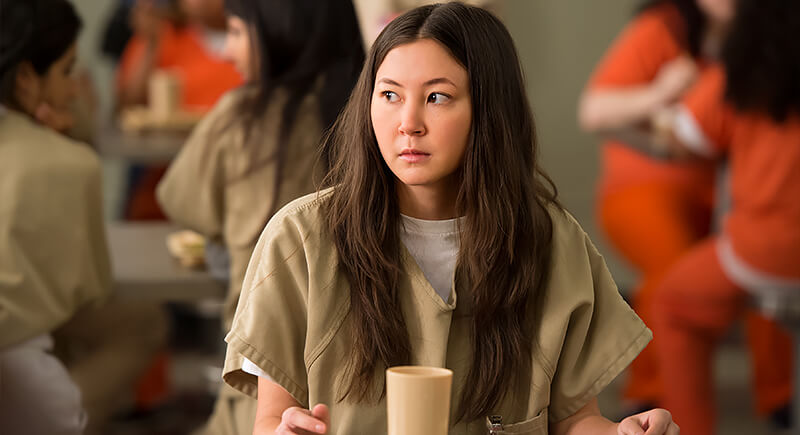
Credit: IMDb
The Netflix drama turned Glenn into a household name, but her earnings stayed small. She claimed she made about $900 per shoot day, with as few as two working days in some months. Castmates confirmed her story, describing second jobs and thin residuals while the series helped build Netflix’s brand worldwide.
Taraji P. Henson — The Curious Case of Benjamin Button (2008)
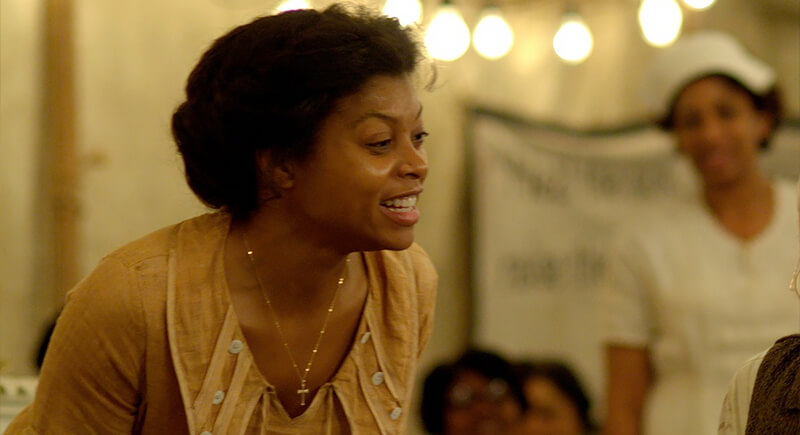
Credit: IMDb
Her performance as Queenie earned Henson an Oscar nod, but her pay was far less celebratory—about $150,000 before taxes and fees. The studio denied her request for more, even while her co-stars took home significantly higher salaries. She’s since become a powerful voice calling out pay disparities in Hollywood.
Michelle Williams — All the Money in the World (2017)
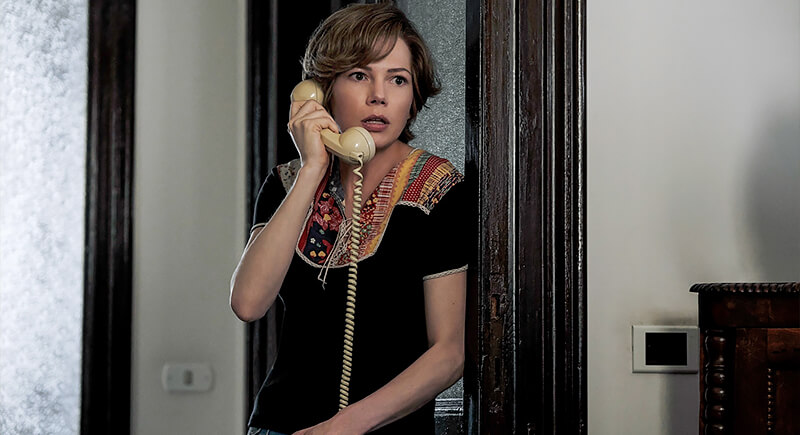
Credit: IMDb
Reshoots after Kevin Spacey’s removal exposed a stark pay gap. Williams accepted under $1,000 for additional filming. Wahlberg, her co-star, received $1.5 million. The public backlash pushed him to donate that amount to Time’s Up, but it laid bare how lopsided contracts can quietly exist in major studio films.
James Earl Jones — Star Wars: A New Hope (1977)
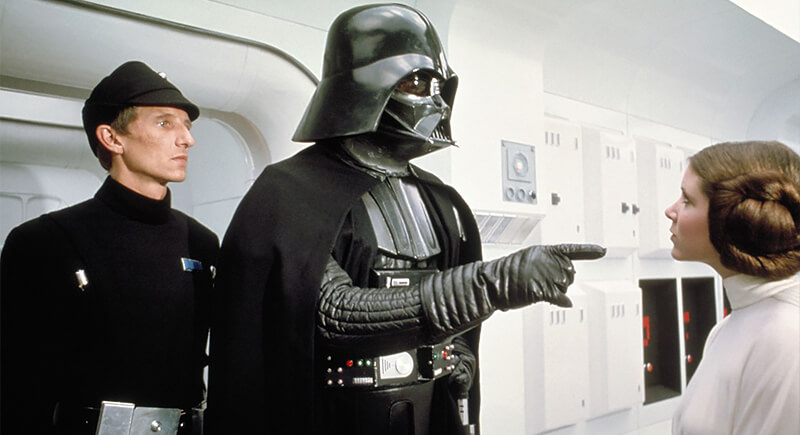
Credit: IMDb
Despite providing the unforgettable voice of Darth Vader, James Earl Jones’s original earnings were minimal. He was paid only $7,000 and wasn’t even credited when the film debuted. This minuscule sum stands in sharp contrast to the Star Wars franchise’s current worth.
Jeff Daniels — Dumb and Dumber (1994)
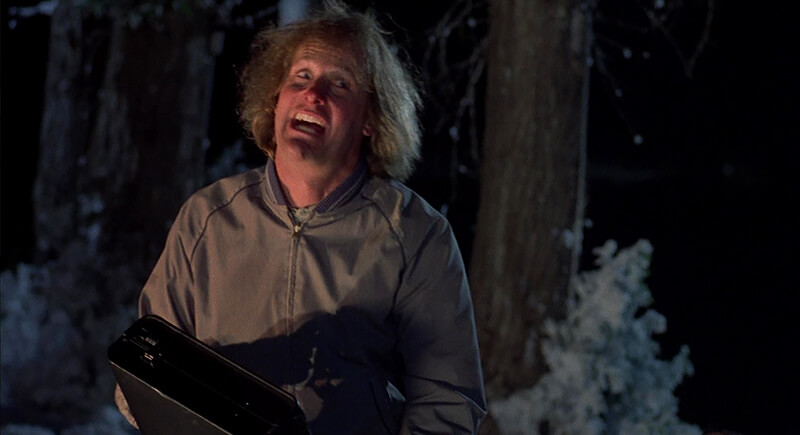
Credit: IMDb
The financial disparity on the set of Dumb and Dumber was staggering. Jim Carrey was paid $7 million, while co-star Jeff Daniels took home a mere $50,000. Daniels accepted the role, mainly because he valued the chance to showcase his comedic talent over money. His bold move paid off, as the film became a legendary success.
Natalie Portman — No Strings Attached (2011)
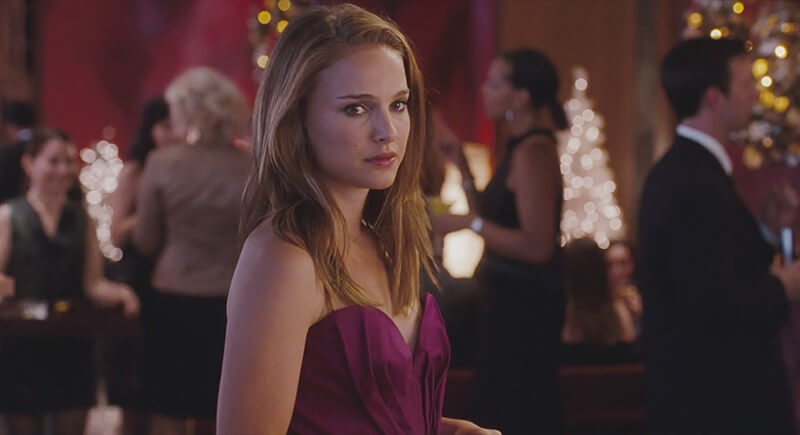
Credit: IMDb
Despite equal screen time with Ashton Kutcher, Portman later disclosed he was paid three times her salary. Hollywood’s entrenched “quote system,” which locks in higher rates based on past box office draws, was the explanation she was given. Years later, she called the disparity “crazy.”
Emma Thompson — Love Actually (2003)
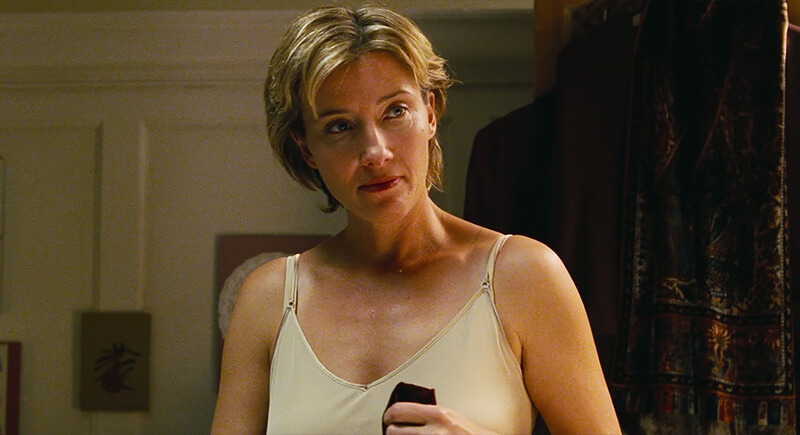
Credit: IMDb
Though she was already a two-time Oscar winner, Thompson nonetheless received what she describes as “not very well paid” compensation for this holiday favorite. The experience left such a bad taste that she avoids watching the movie.
Viola Davis — Across Multiple Roles
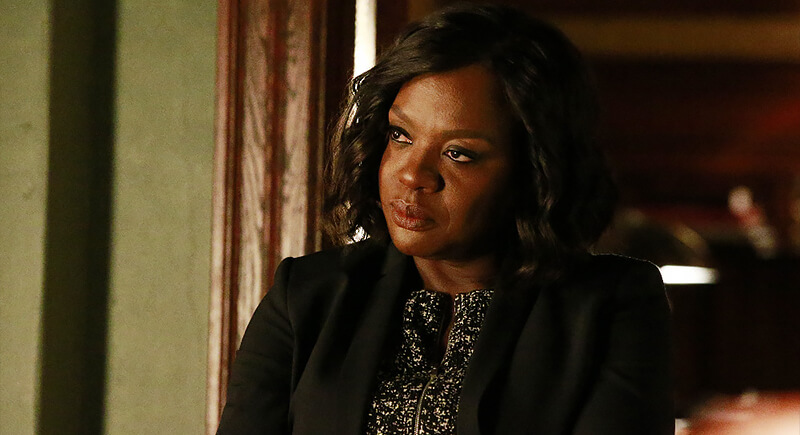
Credit: IMDb
Davis has said her pay still trails behind white peers, even after winning the industry’s top awards. She hasn’t dropped specific figures, but her message is consistent: recognition hasn’t led to equal earnings. Her voice has added weight to a broader push for fairer contracts, especially for Black women in Hollywood.